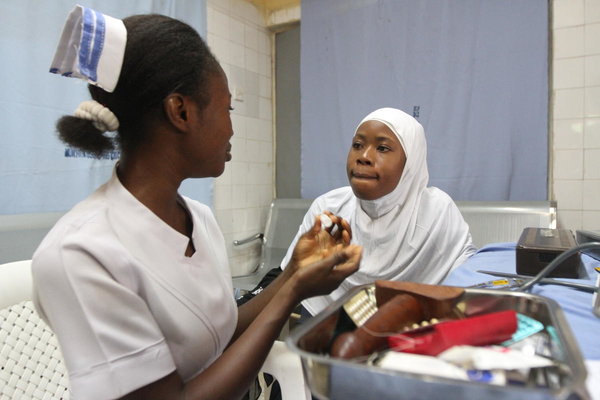
When Service Providers Say ‘No’
Health clinics were turning away many of the women sent for contraception. To get family planning providers onboard, CCP had to change its approach.

Health clinics were turning away many of the women sent for contraception. To get family planning providers onboard, CCP had to change its approach.
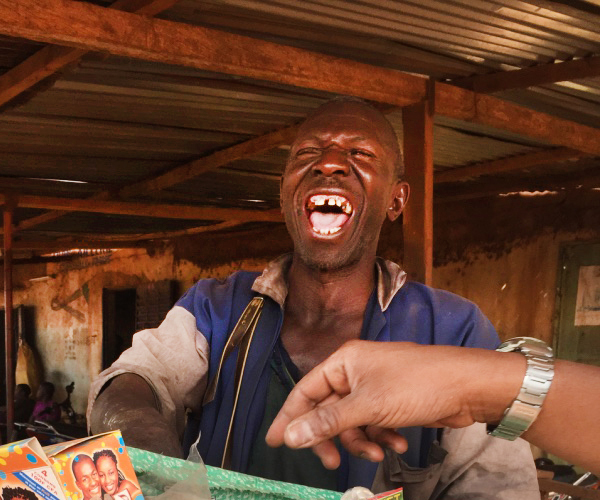
Each woman in Mali gives birth to an average of six children. And talk of sex, let alone family planning, is considered taboo here.
Despite these obstacles, last year CCP and its partners in the USAID-funded Keneya Jemu Kan (KJK) project sold 14.9 million condoms, 50 percent more than they anticipated.

The latest issue of Global Health: Science and Practice (GHSP), based at the Johns Hopkins Center for Communication Programs, is rich with articles on a wide variety of topics related to family planning.
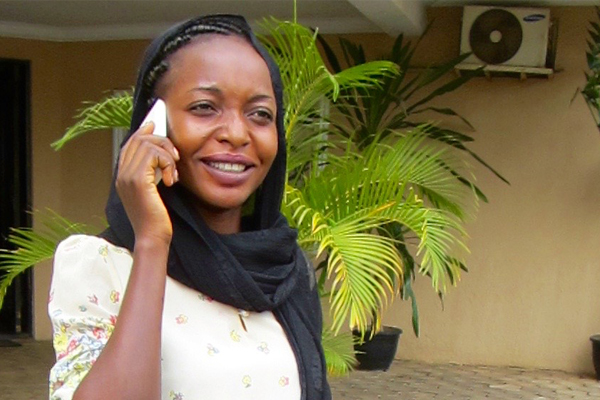
The same phone technology that allows us to “press 1 to make a same-day appointment” can be used to get spouses in Africa to talk to each other about family planning and increase the use of modern contraception.
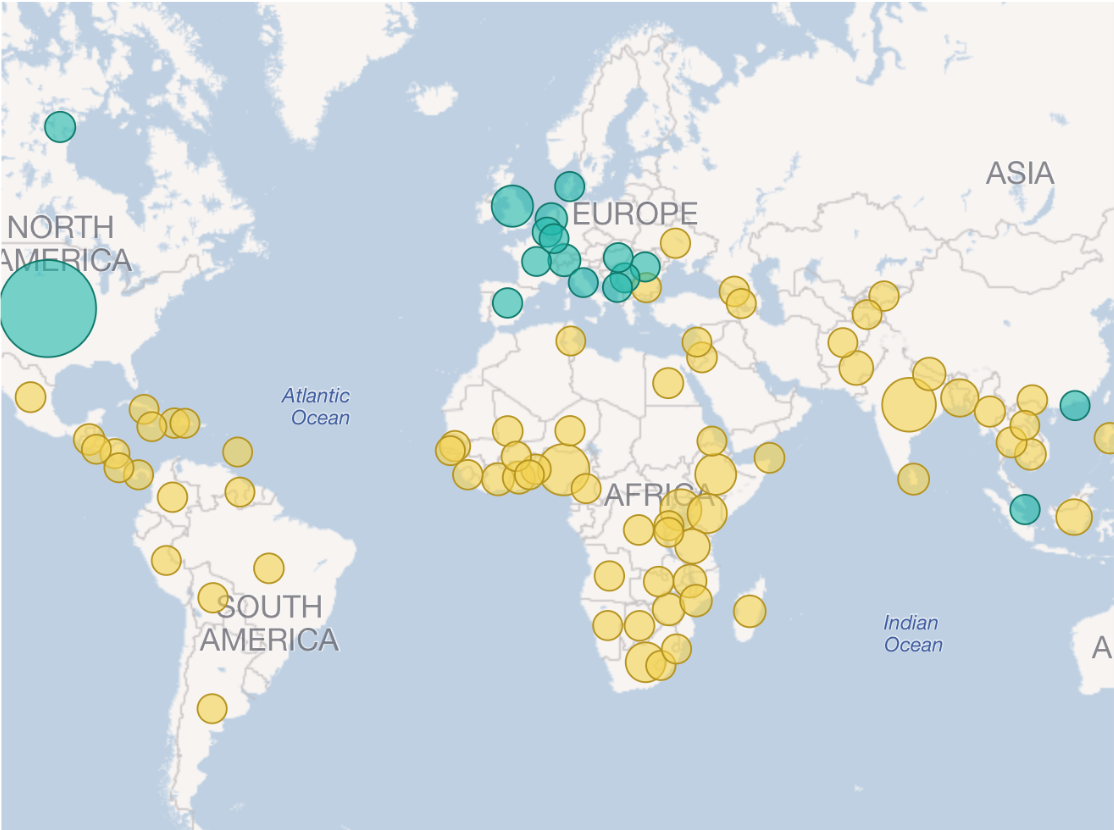
With a record 1,266 abstract submissions from 95 countries, the response to the call for abstracts for the 2018 International Social and Behavior Change Communication Summit has been incredible.

Five years ago, a group of pharmaceutical companies, government agencies and nonprofits pledged to work together to, by 2020, eliminate 10 neglected tropical diseases. Taken together, these communicable diseases impact more than 1.5 billion people around the world, particularly those living in poverty, without access
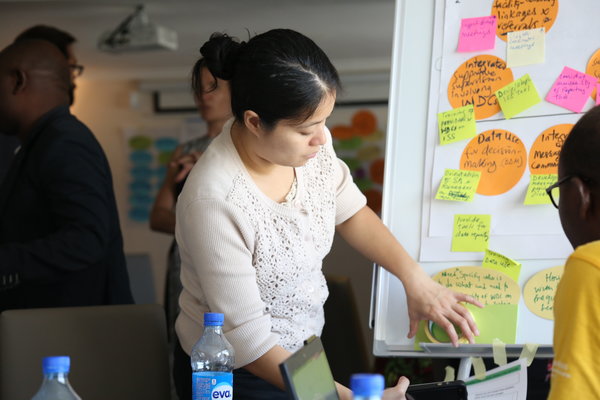
In the five months since the Johns Hopkins Center for Communication Programs was awarded the five-year, $300-million Breakthrough ACTION project by the U.S. Agency for International Development, seven countries have already signed on to the social and behavioral change project. Along with those seven countries
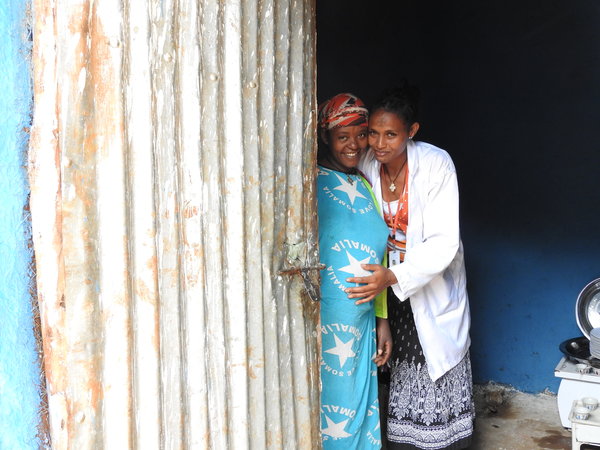
A top priority of Ethiopian health officials is to get more women to give birth in health facilities, rather than at home in their rural villages where they and their newborns are at greater health risk, especially if there are complications. But many women live

The HIV/AIDS epidemic hit the Caribbean in the late ‘70s. By 2001, it had become the second-most affected region in the world with an estimated 420,000 people – more than two percent of the adult population – living with HIV, according to a UNAIDS/WHO
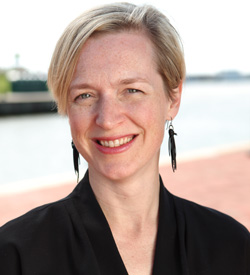
Across Africa, women are more likely to be tested and treated for HIV and are more likely to stay on treatment than men. Men tend to avoid testing and when they do access care, it is often at a later stage of infection. We see
Receive the latest news and updates, tools, events and job postings in your inbox every month